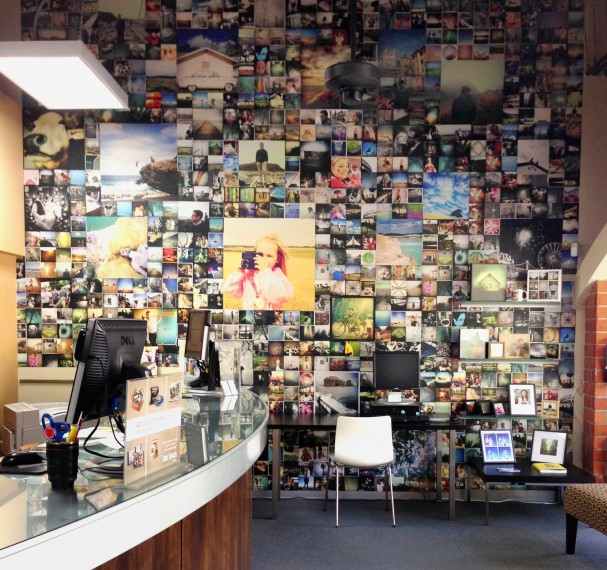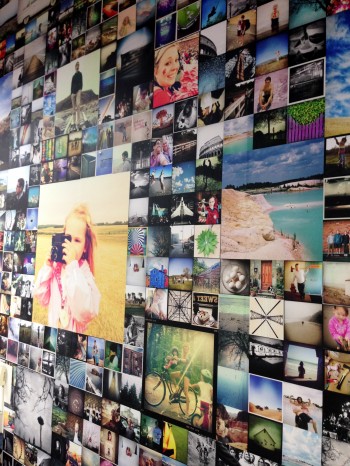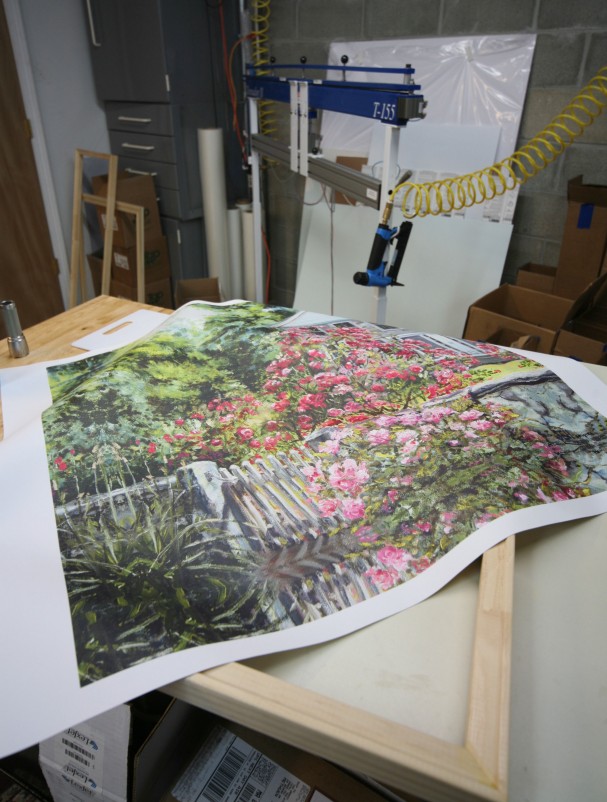
Tom Grassi likens his business – Image-Tec, based in Methuen, Mass. – to Photoshop. It’s an apt analogy: Photoshop is arguably the iconic representative of the digital age of photography and imaging, and Photoshop is almost infinitely organic in the various ways you can get from point A to point B through its tools, filters and layers.
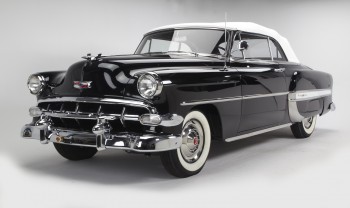
“This business has layers and layers to it, and you can keep digging and keying off those layers, and marketing off those layers to build a huge customer base,” says Grassi. “It’s like Photoshop… How far do you want to dig and how many layers do you want to build?”
Though the majority – a thin majority – of Image-Tec’s work is fine art reproduction, the business is diverse and nimble enough to find those proverbial layers, bringing clients along to take advantage of the opportunities presented when you dig a little deeper.
“I tell artists during demos we put on here at the studio that the possibilities of taking your art and doing something with it are endless, and go far beyond the typical reproduction on canvas or fine art paper. Once the digital age came in, you could do just about anything with the digital file,” says Grassi. “But to find out what the client really needs you have to stop selling people and listen to them. From that, you can find other products that might do well in the market with their work.”
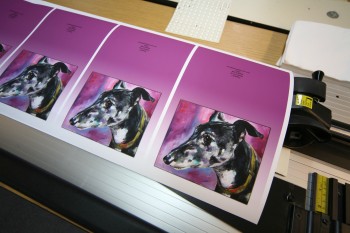
It may be that Grassi sees more of those layers of opportunity since the advent of digital imaging and reproduction, and the liberation it brought.
Image-Tec was founded in 1982 as a commercial photo studio with an in-house lab and Grassi recalls: “We were limited in what we could do for artists. We were shooting film and making some color prints; basically, we were producing transparencies to go to offset, which was extremely expensive versus now where you can print on demand.”
Grassi says that on-demand is a point of emphasis at Image-Tec where the main goal is to get the artwork scanned and recorded and then work with the artist to market the images.
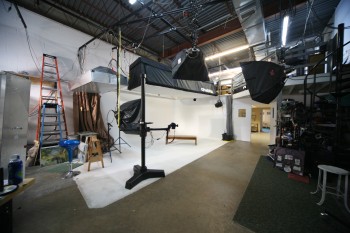
“There’s no need for us to sell them inventory in a print-on-demand environment. They can spend a couple of hundred bucks, get a bunch of paintings scanned, print some note cards, see what images sell and email us the order,” explains Grassi. “If customers are going to spend money with you, why not make the process as easy as possible? You don’t have to commit to a thousand dollars worth of prints; just bring the scans in, we’ll get them scanned – that’s the first step – and then from there you call us and we print them on-demand. People appreciate that because we tell them to do baby steps, especially in marketing their artwork because you don’t know what will sell.”
The original impetus for the founding of Image-Tec was control. Grassi went to the Brooks Institute in Santa Barbara, Calif., to study photography, then returned to the Boston area to ply his trade as a photographer where the processing side was a thorn in his side.

“I was going down to Boston to process film and thought it was nuts because I was losing all this time and paying all this money to get it done. I knew how to print color so I got a loan, put a lab in and ended up generating a ton of money and saving a ton of time,” says Grassi.
That philosophy has stuck over the years. As Grassi puts it: “If we don’t do it here, we don’t do it. For me to send something out, have it come back wrong, and then go back and forth, I’ve lost money trying to make 20 percent on something I don’t handle. I much prefer to give the client the name and number of someone who can do something we don’t do here.”
There’s very little, however, that Image-Tec can’t do when it comes to photographic and fine art reproduction, including artwork capture with the BetterLight system. Capture, in fact, is an important part of the business, since about half of what Grassi does is commercial photography.
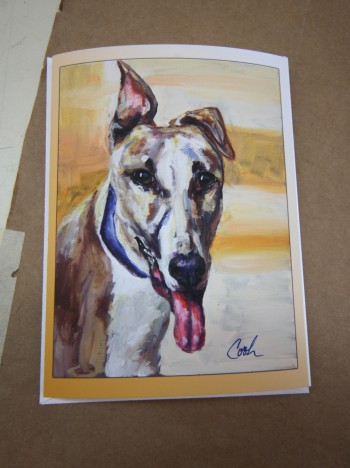 The two sides of the business – capture and output – balance each other and reveal more layers of opportunity. Plus, the combination helped ease the transition from chemical to digital in the late ’90s as both sides of the business made the transition together and shined the light on new niche markets, like fine art reproduction.
The two sides of the business – capture and output – balance each other and reveal more layers of opportunity. Plus, the combination helped ease the transition from chemical to digital in the late ’90s as both sides of the business made the transition together and shined the light on new niche markets, like fine art reproduction.
“Back in 1999 we moved to a new facility and went digital with a BetterLight scan back to shoot catalog photography. By going digital we could save a lot of money in film, Polaroids and processing and be able to hand designers digital files, which sped everything up. However, everyone was reluctant to do that because digital photography wasn’t that great in the late ’90s, but the BetterLight was a very high-res scan back,” says Grassi. “We offered both chemical and inkjet during the transition and as inkjet took over we found we were using less of the chemical process. Plus, buying a high-end Epson scanner allowed us to pull from the thousands and thousands of 4×5 and 8×10 negatives so we can just scan one and make an inkjet print.”
Grassi estimates that the split between print production and capture now is about 60/40 in favor of printing. For commercial photography there’s a drive-in studio for photographing cars and other large pieces, and the subject matter runs the gamut from food to manufacturing.

“It’s a whole workflow. Over the past three weeks, for example, we’ve been taking in over 100 paintings per week for digital capture. Along with that are all the print orders. Some weeks we’re producing a ton of prints while other weeks we’re bringing in a lot of work to capture,” says Grassi. “All we use the BetterLight for is capturing art. The DSLRs are so great now that I use them for commercial photography. We bought a Horseman, a view camera you can mount your DSLR on, so you can correct perspectives, swings, and tilts and do selective focus a lot easier without buying a bunch of different lenses. It’s kind of a throwback to the old-school 4×5 process.”
For output, Image-Tec runs a Canon iPF8300 and an Epson Stylus Pro 9900 and has a full frame and finishing shop, including a Tensador canvas stretching machine. One of the keys to the output, says Grassi, is in the BetterLight scan back’s ability to create a file size that’s the same size as the artwork.
“File size is what drives this whole process, so we can tell a customer they’ll end up with a 40×60 canvas that will look just as nice as the original because it’s the same file size,” says Grassi. “We’ve perfected some specialized lighting techniques for different paintings that get us closer to the original. You still run into colors that tend to want to give you a hard time, but you just stick with it and run proofs. We’ll run strips in selected areas, match them up and get them as close as possible. We also spray the proofs because you might see some color shift when you spray something.”
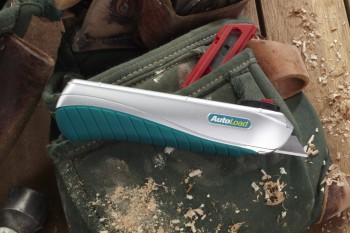
Grassi’s favorite inkjet print materials for reproduction include the new Sunset by Fredrix Matte Canvas, LexJet Premium Archival Matte Paper, Sunset Textured Fine Art and Sunset Hot Press Rag. Grassi says Sunset by Fredrix Matte Canvas helped solve issues in finishing since the ink stays on consistently when it’s stretched.
Grassi describes LexJet Premium Archival Matte Paper as a workhorse for about 60 percent of what clients want to do with their artwork, including note card and bookmark prints that are popular with artists as alternative products.
The choice between reproductions on Sunset Textured Fine Art and Sunset Hot Press Rag will depend on the type of medium on which the original was created. “When we scan a watercolor on a watercolor paper we pick up the texture as well, so we print it on the smooth Hot Press Rag paper because you don’t want to add more texture to what has already been picked up by the scan,” explains Grassi.
It’s great to have every step in the process nailed down to ensure a quality capture or print every time, but Grassi says it’s all for naught if the customer isn’t comfortable or feels like the process itself is a black box they’re not privy to understanding.
“When we do a demo or have an artist come in as a new customer we spend 45 minutes with them. We show them the process, show our personality and have fun with what we’re doing. There’s a lot of technical stuff that goes on and if you can shed some light on it, they appreciate it,” says Grassi. “They go through the process, and then after they leave with their work we follow up to find if they loved it or if there are any problems we can correct. We make sure they’re 100 percent happy with a follow-up. How we can judge if we were successful is through consistent re-orders.”
This approach builds invaluable word of mouth, but Grassi is also active through the use of Google ad words and social media marketing. The most effective marketing piece so far in the social media/Google age, says Grassi, is a video he posted on the Image-Tec website that gives an overview of the print process.

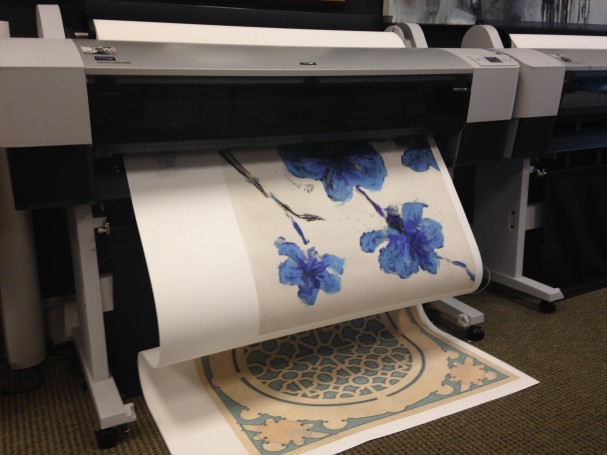
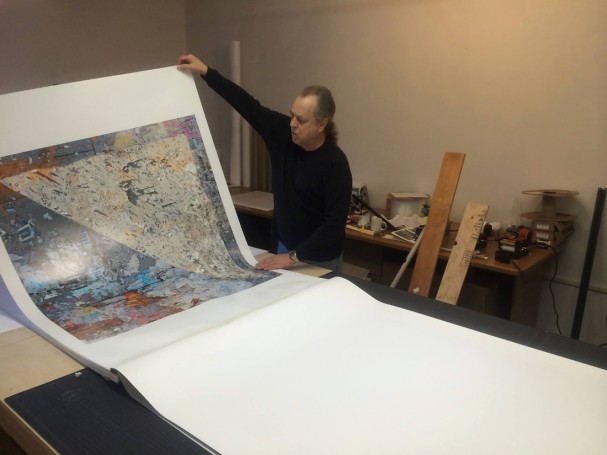
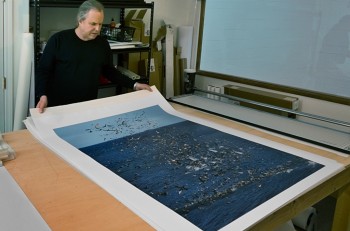

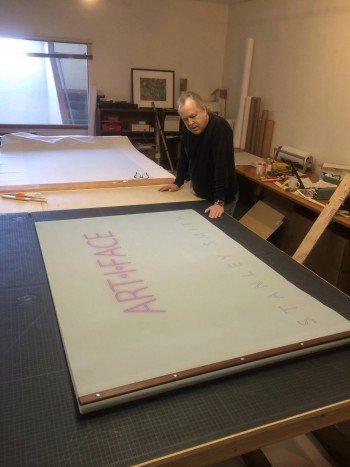
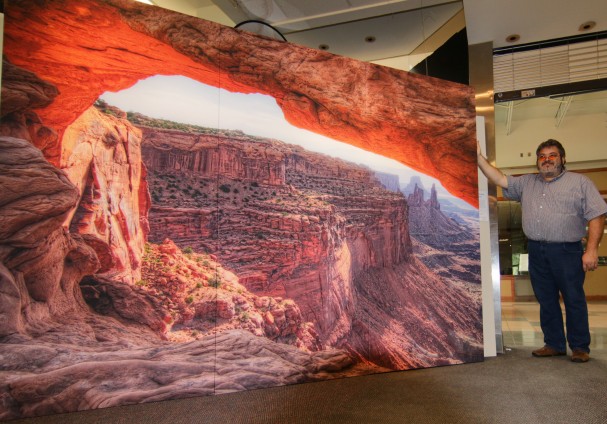
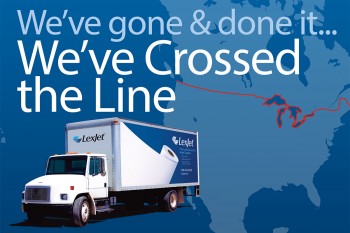 Canadian print shops, service bureaus, photo labs,
Canadian print shops, service bureaus, photo labs, 